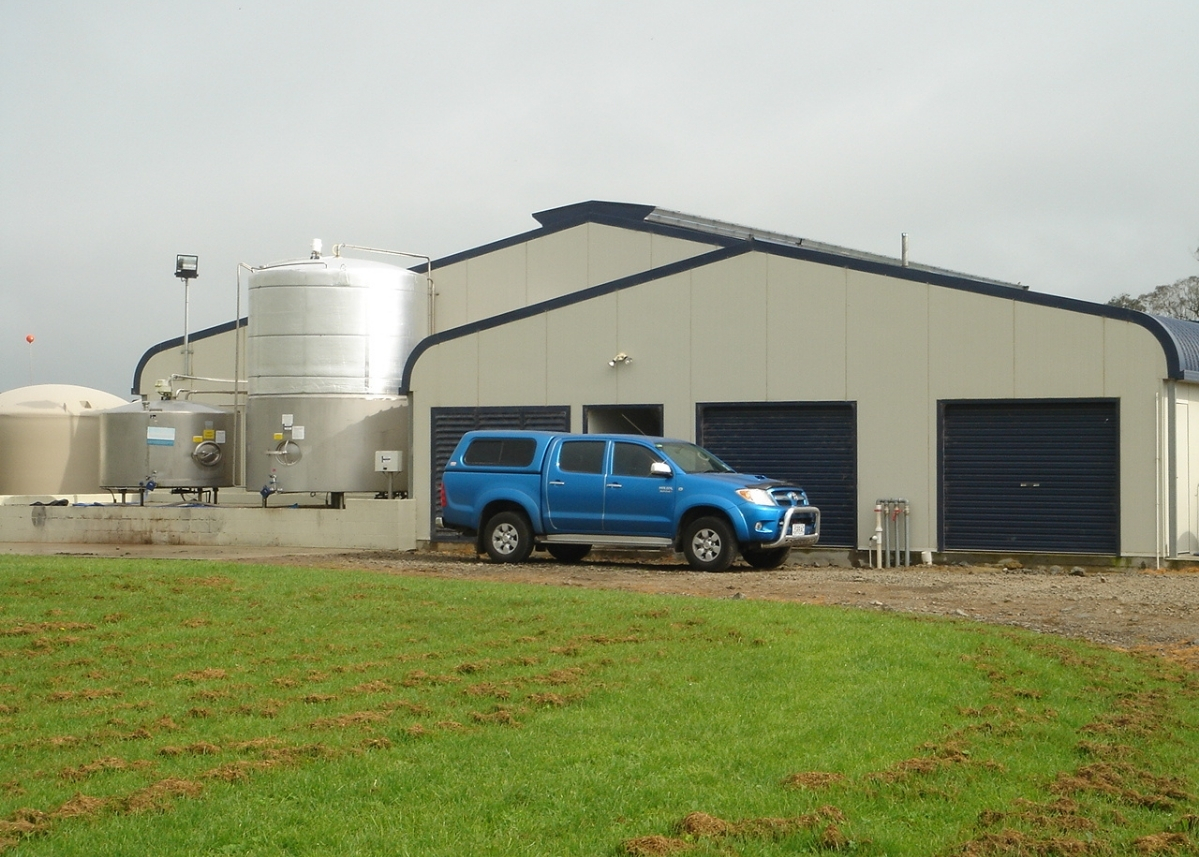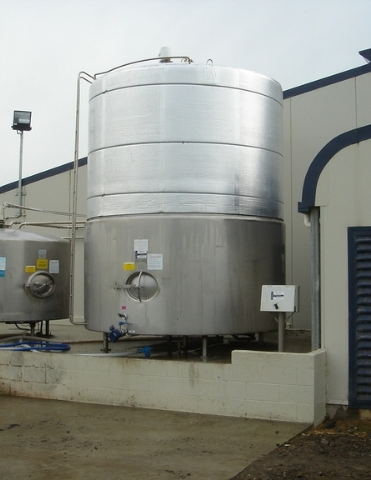Why Maintaining On-Farm Refrigeration Is Crucial
As a dairy farmer, you probably already know how important it is to rely on refrigeration equipment daily. Well-maintained on-farm refrigeration systems are crucial to maintain their efficiency and minimise risks to staff, stock and food safety.

By Team JSR
In this article, we will be talking about why it is important to regularly maintain and look after on-farm refrigeration systems.
Energy-Efficiency for farm refrigeration
Electrical costs are at the highest levels when fruit and vegetables are operated intensively during the summer of the year. To increase savings on energy consumption, improve the energy efficiency of refrigeration systems.
This can be achieved by:
- Precool fruits and vegetables with cold water before putting them in refrigeration.
- Upgrading insulation of the refrigeration and storage areas.
- Making sure no infiltration and warm air is flowing through the doors, cracks, or unseeable openings.
- Regular maintenance and servicing of refrigeration equipment.
- Installing energy-efficient compressors, heat exchangers, and refrigerants.
Preventing refrigerant leakages.
Regular Refrigeration Maintenance improves Milk Quality
Milk cooling impacts the quality of your milk. The faster you have milked from the farm, the higher the quality of your milk is. To cool your milk at the highest quality, you need to make sure your milk cooling system is up-to-date.

Vat Refrigeration
Vat Refrigeration
Vat Refrigeration with direct expansion tanks, the refrigerants are pumped up into the evaporators (also known as jackets or dimple plates) inside the surfaces of the milk tank.
Refrigerants enlarge as it consumes heat from the milk, pumped out of the evaporators, shrinks, then forced into the heat transfer (condenser). To cool hot refrigerant, air or water is flows through the heat transfer fins. The cooled gas compresses into a liquid and is pumped back into the evaporators around the milk to restart the phase again.
However, direct expansion tanks have many disadvantages. One being maximum power being utilized during and after milk. On average, direct expansion use power at its maximum rate. If your refrigeration is using a large power supply, there might be problems in certain areas of weak power supply.
If your Vat Refrigeration with direct expansion is being pressurised, they require a skilled technician for maintenance. Need consultation from a skilled technician? Get in touch with our team at JSR.
Further Cooling Systems for Milk Cooling
New highly advanced refrigeration systems that have scroll compressors are 15% to 20% more effective than regular reciprocating compressor systems. In addition, a wide variety of advanced refrigeration systems are available to increase efficiency and decreasing energy bills.
If you aren’t already, consider using these options for further milk cooling:
Cooling Towers
Cooling towers are very efficient at cooling water in lower humidity areas, as you can cool water within 5 °C. Another benefit of cooling towers is that they can cool a large quantity of water overnight, usually 4½ times the quantity of the daily milk yield.
Ice Banks
Ice banks produce ice and evaporator coils using night rate power. Instead of just adding water, the ice is added to chill water for pre-cooling. From pre-cooler, the warm water flows to the top of the ice bank and the ice runs through to cool the water.
The ice banks are high maintenance refrigeration system than other refrigeration systems. They are not energy efficient and consume similar energy as direct expansion vat. Ice banks might save energy if night rate electricity apply. However, one huge advantage of ice banks is that they take less space than storage of chilled water.
Snap chillers
This refrigeration option uses glycol systems to cool water with food grade glycol. Glycol systems use a small amount of fluid and produce chilled fluids on request (usually during the milking process).
The Snap chiller was developed to chill milk at 4 °C. They will require an expensive, bigger compressor compared to an in-vat system.
Note: This system is a high-priced capital expense and is recommended for farmers with large capital expenditures.
Thermal stores
Thermal storage chills water during the off season and stores chilled water in a large, insulated storage tank (one whole day milking). This refrigeration consumes more energy compared to a direct expansion tank. Although, thermal storage has its advantages like installation and maintenance processes.
Vat wraps
Save 15% to 25% cooling costs using saving vat wraps. Although, only 20% of New Zealand dairy farms use this refrigeration system. It does come with many benefits, such as the ability to insulate your milk from external temperatures and climates. Vat wraps also prevent milk from heating, which decreases your electricity costs from refrigeration units.
To fully utilize vat wraps strengths, it depends on where your farm is located in New Zealand, and whether your vat is placed inside or outside.
Need help maintaining your farm refrigeration system?
JSR and its team are trusted on-farm refrigeration specialists in Waikato, providing consultation, maintenance, and installation for farm refrigeration systems. Get in touch with JSR, and we’ll book you an appointment with a VAT Refrigeration technician.

